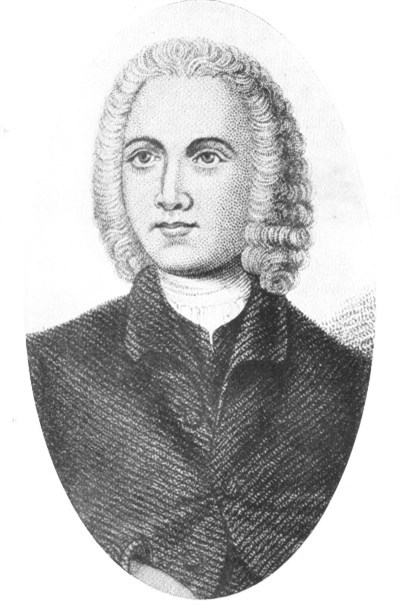Benjamin Ingham and the Inghamites

Benjamin Ingham 1712 - 1772
Benjamin Ingham was born at Ossett, near Leeds in 1712. He was educated at Batley Grammar School and Queen’s College Oxford where he became a member of the Holy Club, an earnest group of students, also derisively known as the Methodists, which met to study the Bible. John and Charles Wesley were also members, as were George Whitfield and a number of others who would later be instrumental in the 18th century revival of faith. Ingham was ordained as an Anglican minister in 1735. He went with John Wesley on a mission to Georgia in the USA spending 13 months there.
Ingham had a conversion experience in North America and after his return to England he became Vicar of Ossett, preaching in the area between Halifax and Leeds where he enjoyed great success. Later he was prohibited from church pulpits in the Diocese of York for his non- conformist views.
In November 1741, Benjamin Ingham married Lady Margaret Hastings, daughter of Theophilus the 7th Earl of Huntingdon. Following their marriage they lived at Aberford Hall, just outside Tadcaster and their only son, Ignatius, was baptised at Aberford in 1745.
During the early years of his evangelical ministry, he was strongly influenced by the Moravian Christians from Hernhut, in Germany. Having encountered a group of Moravians during his Georgian mission, he later visited them at their settlement at Hernhut. He joined them and placed his 50 small societies in Yorkshire under their control. Two years later he purchased land for a settlement at Fulneck which became the Moravian headquarters in the north and remains so today.
During the later 1740s, Ingham began to drift away from the Moravians. In 1753, he severed his connection with them and the following year set up a new organisation whose discipline was based on that of the Moravians but was less strict. In 1755 there were at least 80 Inghamite societies, mostly in Yorkshire and Lancashire. The first Inghamite church building, here at Wheatley Lane opened in 1750.
It was proposed by Charles Wesley at the Methodist Conference in 1755 that the eighteen Inghamite congregations be joined with the Methodists, but this was rejected by John Wesley.
The Inghamites made a formal break with the Anglican Church in 1755 and started to ordain its own preachers. But from 1760, the Inghamites began to break up; some joined with the Sandemanians, a sect based in Scotland, some joined the Methodists and a few remained loyal to Ingham.
After Ingham’s death in 1772, new societies continued to be founded, while others expired. In 1814, after a year of debate, the remaining 13 Inghamite societies (with 252 members) were united with the Scottish Daleites, a similarly Calvinist group with 15 societies and 512 members.
In 1837, a church was founded at Farringdon, Ontario in Canada by Inghamites emigrating there. It still exists and thrives today, under the name of Farringdon Independent Church.
After their initial growth, the societies started to decline in numbers and strength. By the 1960s, there were only seven left; in Colne, Wheatley, Winewall and Cotton Tree in Lancashire; at Kendal in Westmorland; at Salterforth in Yorkshire and in Farringdon, Ontario. The Inghamite Church here at Wheatley Lane is the only Inghamite church in operation today, which continues to thrive as a witness to the faith in Jesus Christ that so inspired Benjamin Ingham.